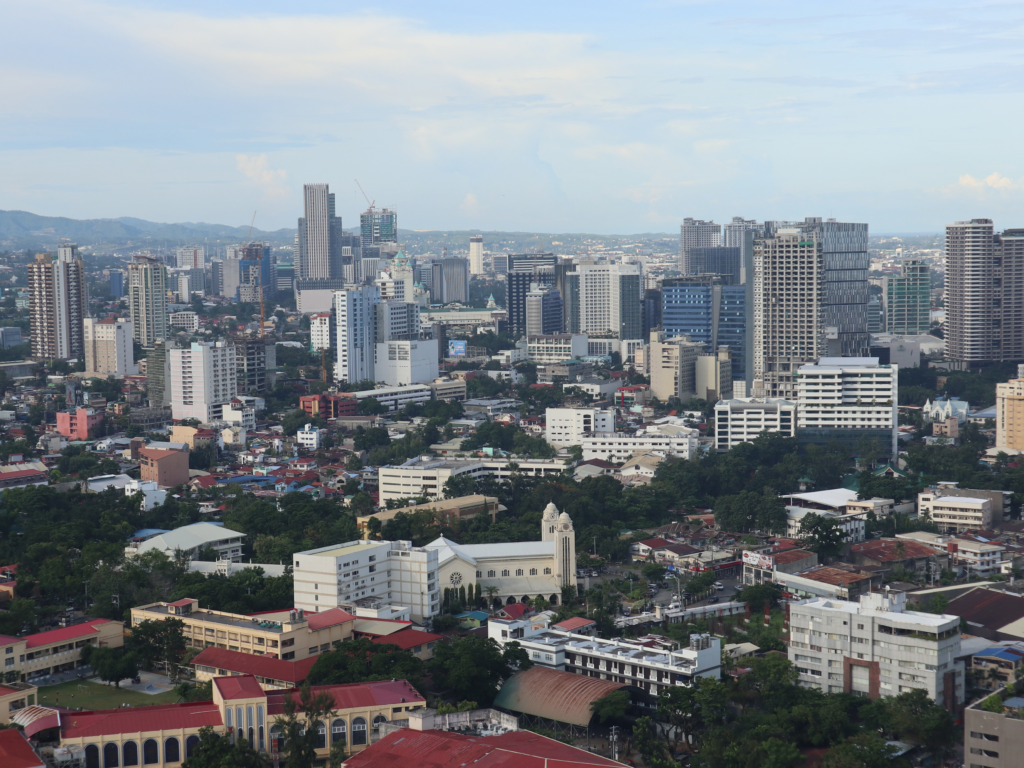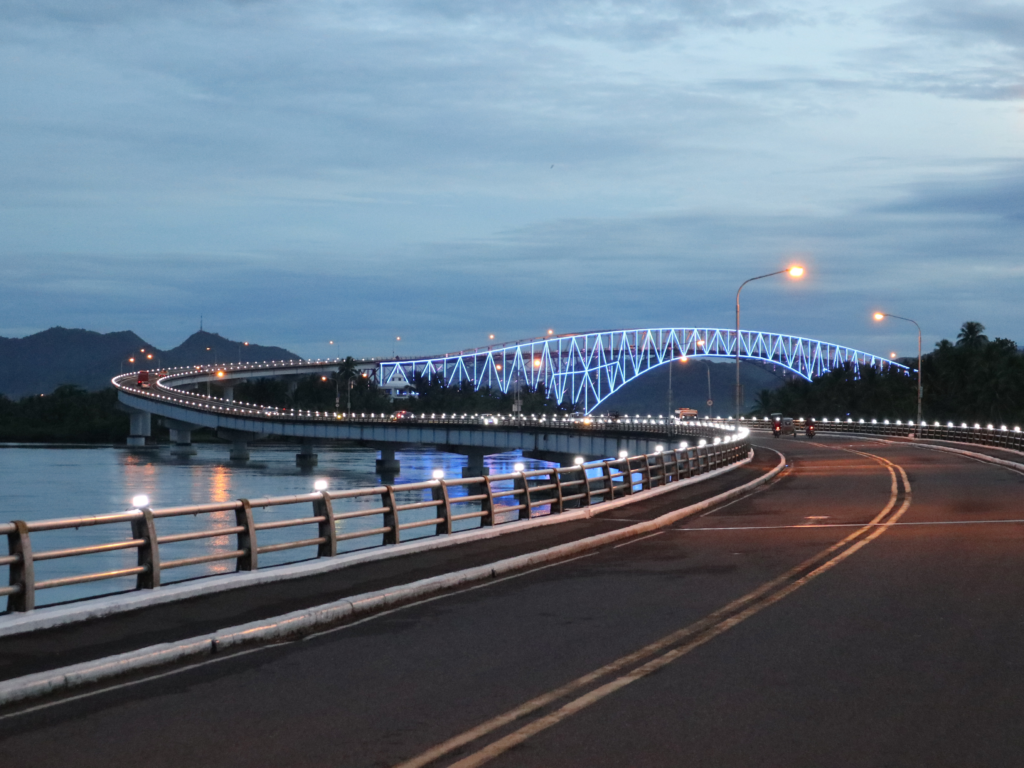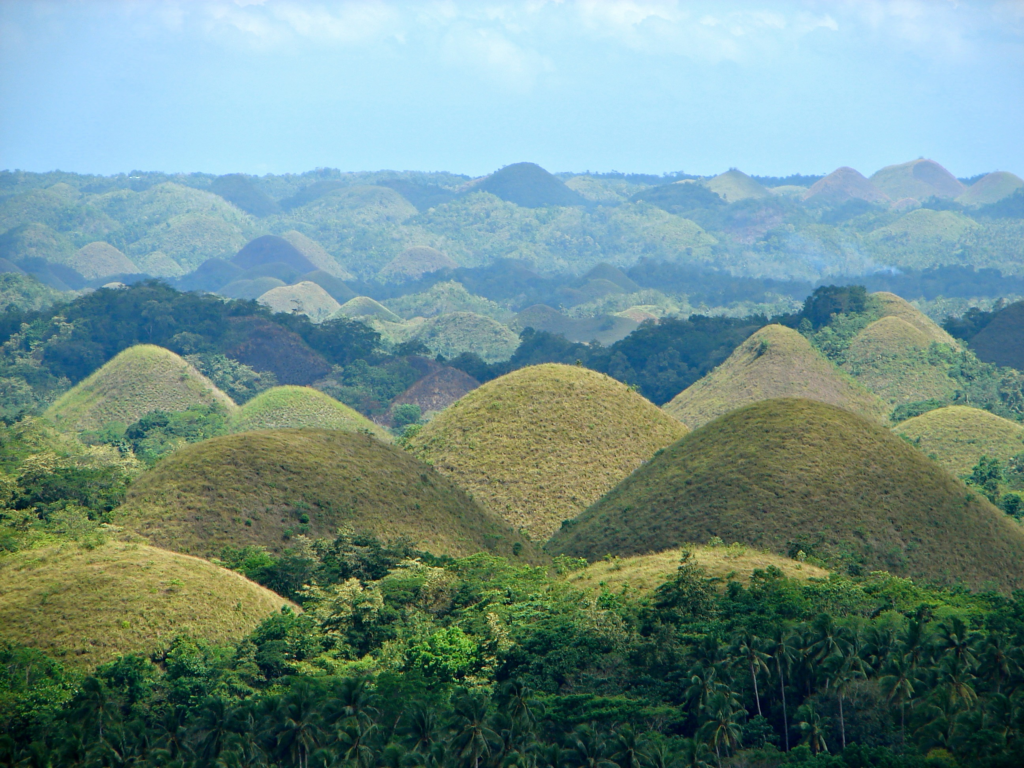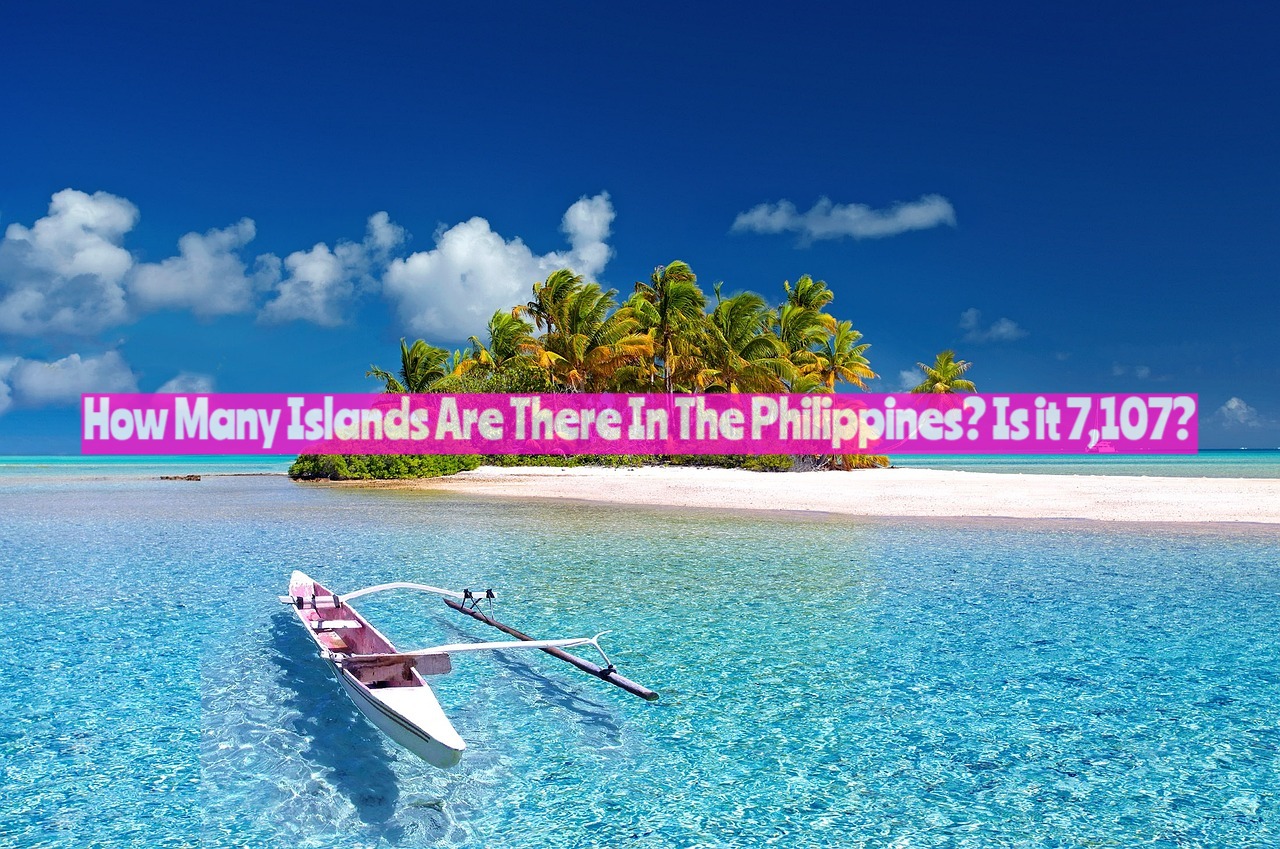From pristine beaches to lush rainforests, the Philippines, a mesmerizing archipelago located in Southeast Asia, is known for its breathtaking natural beauty. For many years, we’ve been attached to the widely accepted count of 7,107 islands, which made up this tropical paradise. However, this figure has been subject to reevaluation in recent years due to advancements in modern mapping technology. According to the National Mapping and Resource Information Authority (NAMRIA), the official count of islands in the Philippines is now 7,641, significantly more than the traditional number circulated through textbooks and tourism materials. This increase is attributable to an extensive coastline survey conducted by NAMRIA, which not only reshaped our understanding of the nation’s geographic composition but also redefined boundaries for territorial claims, maritime laws, navigation, and conservation efforts. This piece will delve into the fascinating nuances of the updated island count of the Philippines, exploring the implications it carries for both locals and the global community.
A Geographical Update
According to the official count by the National Mapping and Resource Information Authority (NAMRIA), the Philippines is now composed of a total of 7,641 islands. This newly revised figure is the result of an extensive and thorough mapping project carried out by NAMRIA with the use of modern technology to accurately survey the expanses of the country’s coastline.
The identification of these additional 534 islands not only enhances our scientific understanding of the geographical landscape but also holds significance for territorial claims, maritime laws, navigation, and conservation efforts.

Cebu City, Cebu Philippines
The Archipelago’s Composition
The country’s vast archipelago is divided into three main island groups: Luzon, Visayas, and Mindanao.
- Luzon is the largest and most populous island, on which the capital, Manila, is found.
- Visayas is a group of several islands in the central region, known for its stunning beaches and vibrant festivals.
- Mindanao, the second-largest island, is famous for its cultural diversity and mesmerizing landscapes.
Apart from these, the other significant islands include Samar, Negros, and Palawan.

San Juanico Bridge Connecting Tacloban and Samar
Historical Perspective
The history of the Philippines archipelago, and indeed the number of its islands, is steeped in a fascinating blend of indigenous and foreign cultural influences. Initially inhabited by the Austronesian peoples, the islands then fell under the sphere of influence of various Asian empires, such as the Chinese and Indian.
During the 16th century, the Spanish colonizers arrived and their influence had a profound effect on the island nation’s culture, architecture, and religion. Post-Spanish-American War in 1898, the islands were ceded to the United States. Each cultural shift and colonial period has left imprints in the diverse cultural tapestry that is the Philippines today.
FAQ Section

Chocolate Hills, Bohol, Philippines
Q: What are the three main island groups in the Philippines?
A: The Philippine archipelago is divided into three major island groups: Luzon, Visayas, and Mindanao.
Q: What are the five largest islands in the Philippines?
A: The five largest islands in the Philippines are Luzon, Mindanao, Samar, Negros, and Palawan. These islands host the majority of the population and a considerable number of tourist attractions.
Q: What is the smallest island in the Philippines?
A: Bancalaan Island is often lauded as one of the smallest islands in the Philippines. It is located within the breathtaking Tawi-Tawi chain of islands in the Sulu Archipelago.
Q: What are some of the most popular tourist attractions in the Philippines?
A: Some of the most popular tourist attractions in the Philippines include Boracay, known for white-sand beaches; the Chocolate Hills of Bohol, a geological phenomenon; the historic city of Vigan in Luzon, with its Spanish colonial architecture; and the Puerto Princesa Subterranean River National Park in Palawan, a UNESCO World Heritage Site.
Q: Why is the number of islands in the Philippines important?
A: The number of islands reflects the astounding geographical diversity and rich cultural heritage of the country. As more islands are discovered and verified, our understanding of the archipelago’s biodiversity, history, and tourism potential grows more comprehensive.
Conclusion
In closing, the question of the exact number of islands in the Philippines offers a fascinating insight into the splendor and diversity of this Southeast Asian nation. The captivating archipelago, initially believed to comprise 7,107 islands, has been confirmed by updated surveys to contain a total of 7,641 islands. This revelation not only highlights the relevance of technological advancements in our understanding of geography but also augments the incredible richness of the Philippine landscapes. Each island, big or small, contributes to the unique cultural patchwork and biodiversity of the country, expanding the potential for tourism, marine research, and conservation activities. From Luzon’s bustling urban settings to the remote, untamed gems scattered across the azure seas, the Philippines, with its 7,641 islands, holds boundless opportunities for exploration and discovery. Hence, it confidently stands as a testament to the country’s alluring beauty and a beacon to travellers and locals alike, promising diverse adventures and experiences in every corner of its vast archipelago.

